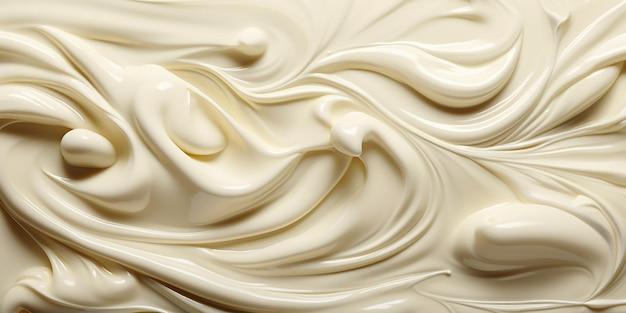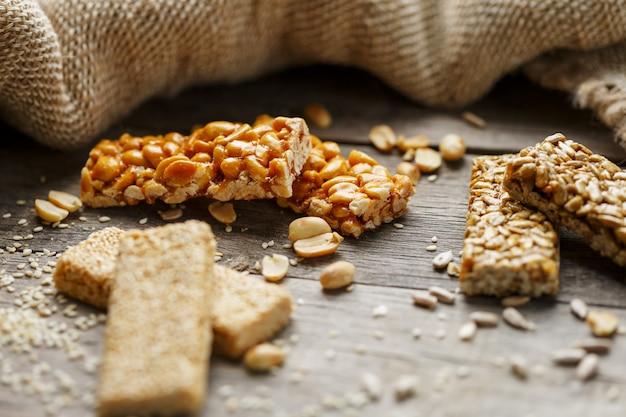Creating beautiful and polished clay sculptures is a popular art form that allows you to unleash your creativity. One of the most common ways to add a glossy finish to clay pieces is by using glaze. However, what if you don’t have access to glaze or prefer an alternative method? In this blog post, we will explore how to make clay shiny without glaze!
From air dry clay to polymer clay, we’ll cover a range of techniques and materials that you can use to achieve a sleek and shiny finish on your clay creations. Whether you’re a beginner or an experienced artist, these methods can help bring your clay projects to life. Say goodbye to glaze and discover exciting new ways to make your clay pieces shine.
So, if you’re curious to explore alternatives to glaze and learn how to enhance the sheen and durability of your clay artwork, read on!
How to Achieve a Glossy Finish on Clay: The Glaze-Free Guide
So, you’ve molded your piece of clay into an artistic masterpiece, and now you’re wondering how to make it shine, without the need for glaze? Well, fear not, my fellow pottery enthusiasts! In this guide, we’ll explore some unconventional yet effective methods to add a glossy finish to your clay creations, leaving them looking oh-so-fabulous!
The Magic of Burnishing
One technique that can work wonders in adding a natural shine to your clay is burnishing. It may sound like something a magician would do, but in this case, it’s the art of rubbing the clay’s surface with a smooth object to compress it. This compresses the clay particles and aligns them, resulting in a shiny surface.
To give your piece that mesmerizing shine, grab a smooth stone, a spoon, or even the back of a metal spoon, and firmly rub it against the surface of the clay. Apply a bit of pressure and make circular motions. Keep going until your arm starts to feel like it went through a mini-workout. The more you burnish, the glossier your clay will become. It’s like going to the gym but for your pottery!
Waxing Poetic
Another secret weapon in the battle for a glossy finish on clay is wax. No, I don’t mean the kind you use to remove unwanted hair (although that’s useful in its own way). We’re talking about a special type of wax designed specifically for pottery.
Once your clay masterpiece is bone dry, apply a thin layer of pottery wax onto the surface using a soft cloth. Be gentle, nobody likes rough treatment! Allow the wax to dry for a while and then buff it gently with a clean cloth. Voila! Your piece will be shining brighter than a disco ball at Studio 54.
Polishing with Polymers
If wax doesn’t tickle your fancy, fear not! There’s another shine-inducing technique for you to try: polymer clay varnish. Yes, you heard it right – varnish isn’t just for wooden furniture. It can work its magic on clay too!
First, make sure your clay creation is fully cured. Then, grab a paintbrush and start applying the varnish to the surface of your piece. Take care to get into all the nooks and crannies. Once the varnish dries, you’ll notice a beautiful glossy finish that will make your creation positively gleam. It’s like giving your pottery a spa day, minus the fluffy towels and cucumber slices.
Buffing for Glory
If you’re looking to achieve the pinnacle of shininess, it’s time to bring out the big guns – a rotary tool with a buffing attachment. This method requires a bit more finesse, but the end result is jaw-droppingly impressive.
Before you go all-in with the buffing, though, make sure your clay is bone dry. Damp clay is a big no-no when it comes to rotary tools. Safety first, dear pottery enthusiasts! Once your clay is dry, gently guide the buffing attachment over the surface, let the tool do the work. Keep moving in smooth, even strokes until your masterpiece shines like it’s fresh off the assembly line.
Embrace the Shine!
Now that you’re armed with these glaze-free techniques to achieve that shiny finish, there’s no excuse for dull-looking clay creations. Whether you choose to burnish, wax, varnish, or buff, these methods will give your pottery the WOW factor it deserves. So go forth, my fellow potters, and let your creations shine like the stars they truly are!
Please note: While these techniques provide a glossy finish, it’s important to keep in mind that they may not provide the same level of durability and protection as glaze. If you’re planning to use your clay creations for functional purposes, you may want to consider using a suitable glaze to ensure longevity.
FAQ: How Do You Make Clay Shiny Without Glaze
Making clay shiny without using glaze is a common concern for many artists and craft enthusiasts. Whether you’re working with air dry clay, polymer clay, or traditional pottery clay, there are alternative options to achieve that beautiful gleaming finish. In this FAQ-style guide, we’ll explore various techniques and materials to make your clay creations shine without relying on glaze. Let’s dive in!
Alternative Options to Glaze on Clay
What can you use instead of glaze on clay?
If you don’t have access to glaze or prefer not to use it, there are several alternatives to achieve a shiny finish. Some popular alternatives include varnish, wax, resin, and even clear nail polish.
What can you use instead of glaze?
There are a few options you can try instead of glaze, depending on the type of clay you’re using. For air dry clay, varnish, acrylic sealant, or even a coat of clear nail polish can give your creations a glossy appearance. Polymer clay can be finished with either a clear resin or a specialized polymer clay glaze. For traditional pottery clay, wax or buffing with a soft cloth can create a smooth and shiny surface.
What glaze is best for air dry clay?
While air dry clay doesn’t require firing in a kiln like traditional pottery clay, you can still achieve a glossy surface with the right glaze. Look for a clear acrylic sealant or varnish specifically designed for air dry clay. These products are usually easy to apply and create a durable protective layer that brings out the shine in your creations.
Glazing Techniques and Tips
Can air dry clay be glazed?
Yes, air dry clay can be glazed, but it requires different techniques than traditional pottery clay. Instead of firing in a kiln, air dry clay can be coated with a clear varnish or sealant to achieve a glossy finish. Make sure to let the clay fully dry and harden before applying the glaze.
Can you use clear nail polish as a glaze for polymer clay?
While clear nail polish can be a temporary solution, it’s not recommended for long-term use on polymer clay. Nail polish tends to chip and wear off over time, compromising the protective layer. It’s best to invest in a specialized polymer clay glaze or resin for a more durable and professional finish.
Can you glaze pottery without a kiln?
Unfortunately, you won’t be able to glaze pottery without a kiln. Glaze requires high temperatures to transform into a glass-like surface. Without a kiln, it’s impossible to achieve that desired glossy effect. However, if you’re working with air dry clay or polymer clay, alternative glazing methods mentioned earlier can be used.
Can you fire clay in a regular oven?
It’s not recommended to fire pottery clay in a regular oven. Pottery clay requires higher temperatures than a conventional oven can reach. Firing pottery clay at the wrong temperature can result in weaker and less durable pieces. If firing pottery clay is essential to your crafting process, consider investing in a kiln or looking for a local pottery studio that offers firing services.
Polishing and Waterproofing Clay
How do you polish clay?
Polishing clay can be done using various methods, depending on the type of clay you’re working with. For a natural clay shine, you can buff your creations with a soft, lint-free cloth, applying gentle pressure. If you prefer a glossy look, applying a wax or specialized clay polish with a cloth or sponge can give your clay a shiny finish.
What does glaze do for paint?
Glaze is often used in the world of painting to create different effects and improve the overall appearance of a piece. It can add depth, enhance colors, and provide a protective layer. In the context of clay, glaze doesn’t affect paint directly, but it serves a similar purpose by enhancing the clay’s shine and safeguarding the finished piece.
Additional Tips and Tricks
Can you glaze burnished clay?
Burnishing is a technique used to smooth and compress the surface of clay before firing. Glazing burnished clay is not recommended, as the high temperatures during firing may cause the glaze to crack and blister. If you’ve burnished your clay, it’s best to leave it unglazed or use alternative finishing methods like wax or polishing.
Do I have to seal air dry clay?
While it’s not required to seal air dry clay, applying a sealant or varnish can protect it from moisture and give it a more professional look. Sealing air dry clay can also prevent dust and dirt from accumulating on the surface, making it easier to clean and maintain.
Can you sand unfired clay?
Yes, you can sand unfired clay to smooth out rough edges or refine the shape. Sanding can be done using fine-grit sandpaper or specialized clay sanding pads. Be cautious not to inhale the dust particles and, if possible, sand the clay under running water to minimize dust.
Now that you know how to make your clay shiny without glaze, you can unleash your creativity and bring a touch of elegance to your clay creations. Whether you’re working with air dry clay, polymer clay, or traditional pottery clay, there are alternative techniques and materials available to achieve that desired glossy finish. So, grab your favorite clay and let your imagination shine!

